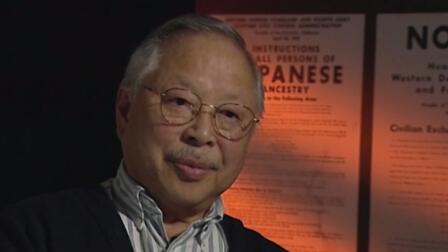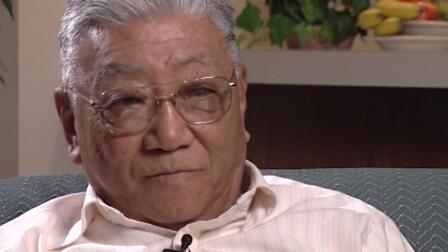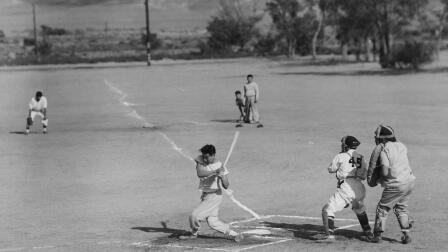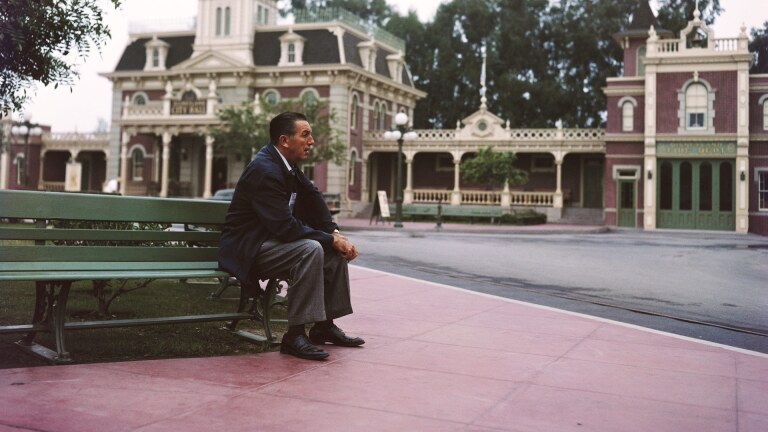Back to Show
Lost LA
Walt Disney and His Imagineers: An American Phenomenon
Walt Disney envisioned Disneyland in 1955 as a place where audiences could step into their favorite movies. When Disney moved to Burbank, people sent letters asking if they could visit and see where Snow White and Mickey Mouse lived, but Disney knew that would be logistically difficult, so he thought of a way to let audiences do that, which eventually became Disneyland. Who would build such a place and fill it with things people could interact with? The imagineer. In the case of Disneyland’s Horseless Carriage, Main Street’s Fire Truck, Autopia, the Monorail and the Matterhorn Bobsleds, that imagineer was Bob Gurr.
Related
Support Provided By
Season

27:05
Trace the devastation of the 1928 St. Francis Dam collapse and its deadly flood.

26:40
How Cold War vigilance and secrecy shaped Southern California culture.

26:39
The Space Shuttle Endeavour’s journey is traced from its origins.

26:40
Tiki culture isn’t a Polynesian import — it’s a Hollywood creation.

26:49
Archives reveal the “forgotten plague” that shaped Southern California: tuberculosis.

26:50
Visit Hollywood Forever, Evergreen and Forest Lawn, where L.A. reinvented the cemetery.

26:40
The hiker-activists who led Angelenos into their hills and onto the trails.

26:39
How Filipino Americans in Southern California are making their heritage more visible.

26:47
Iconic fast-food chains from McDonald’s to Taco Bell were born in SoCal.

26:37
After internment camps, Japanese Americans made L.A.'s Crenshaw neighborhood their home.

26:04
During WWII, L.A. became a sanctuary for Europe’s accomplished artists and intellectuals.



















